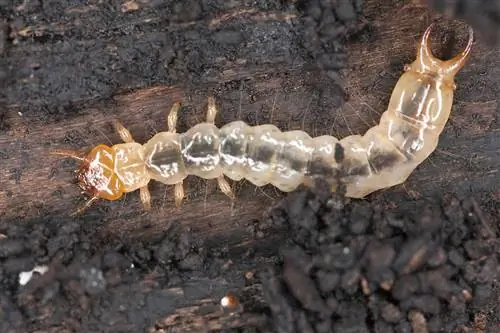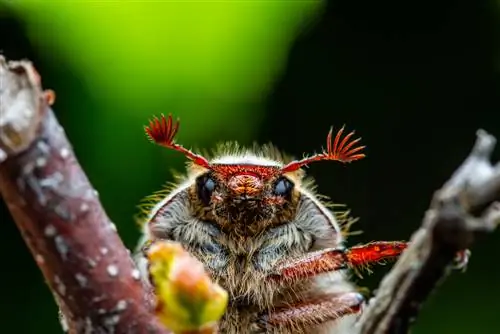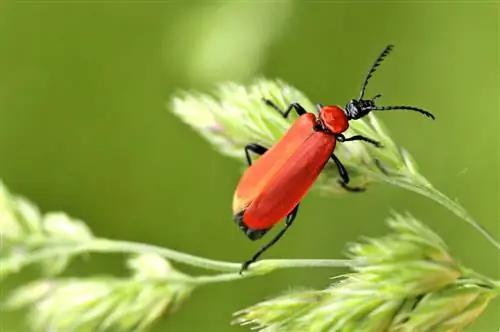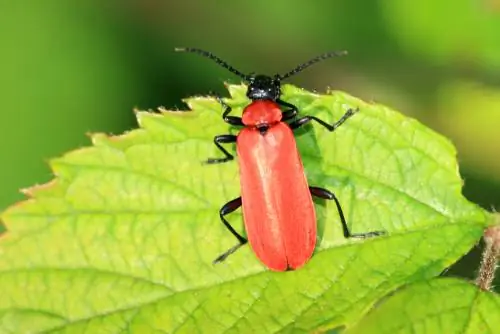- Author admin [email protected].
- Public 2023-12-16 16:46.
- Last modified 2025-01-23 11:22.
The bright red fire beetles can be observed in the garden, especially on piles of dead wood, especially on warm days. Their striking coloring makes the insects seem more dangerous than they are because they play an important role in the ecosystem.
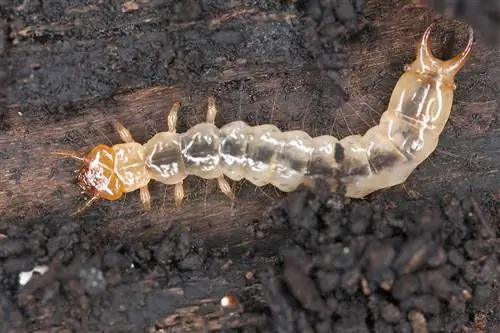
What are the benefits of fire beetles?
Since thelarvaeof the fire beetle eat the caterpillars of otherpest insects,they are among the very useful animals. This also applies to the adult fire beetles, which eat the honeydew of aphids and thereby help to control fungal diseases.
Why aren't fire beetles harmful to plants?
Since fire beetlesdo not feed on plants,the animals do no harm. The adult beetles only consume sweet juices such as nectar and honeydew. It is therefore not necessary to collect or even destroy the red colored insects.
What are the benefits of fire beetle larvae?
The fire beetle larvae living under the bark of dead trees and in abandoned pest burrowsfeed onnext to fungal sludgeon insects andtheirMaggots. Among other things, the bark beetle, which causes great damage in the forests, is also on their menu.
After two to three years of development, the fire beetle caterpillars pupate in a pupa cradle, which they attach between wood and bark.
Tip
Distinguishing fire beetles from lily-cocktails and fire bugs
The lily chicken, which is a leaf pest, is only about seven millimeters long and therefore significantly smaller than the fire beetle. In addition, the adults sit primarily on lilies and not, like the little cardinals, on dead wood. Fire bugs are slightly larger than the red-colored beetles and have striking, black markings on their elytra that are reminiscent of a mask.

